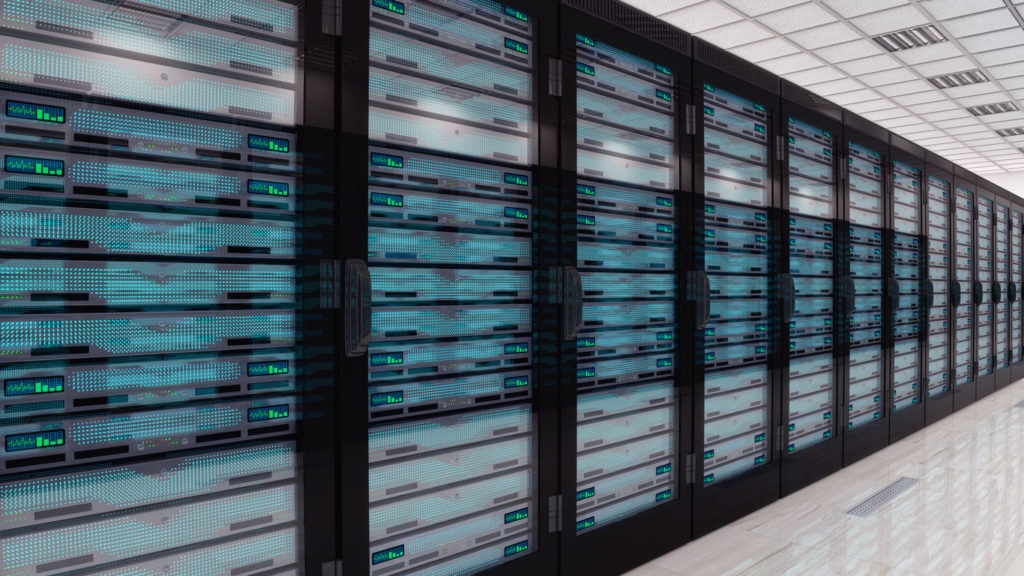Perhaps the title of this post should be “To Hyperconverge or Not to Hyperconverge,” since it’s the question at hand. Understanding whether HCI is a good idea requires a hard look at metrics and budget. If your data center has been running a traditional server, storage, network architecture for a while, it should be easy to gather the metrics on power, space, and cooling. By gathering these metrics, you can compare the TCO of running a traditional architecture versus an HCI architecture.
Start by getting an accurate comparison. While having a TCO baseline will help with the comparison, you need to consider a few other items before making a final decision.
Application Workload
Forecasting the application workload(s) running in your current environment is important when considering HCI over traditional infrastructure. Current application workloads aren’t a good indicator of the health and status of your infrastructure. A good rule of thumb is to forecast three years out, which gives you a game plan for upgrading or scaling out your current configuration. If you’re only running a few workloads and they aren’t forecasted to be out of space within three years, you probably don’t need to upgrade to HCI. Re-evaluate HCI again in two years while looking three years ahead.
Time to Scale
Having an accurate three-year workload forecast will help you understand when you need to scale out. If you need to scale out now, I suggest going all in on HCI. Why all in on HCI? Because scaling with HCI is a piece of cake. It doesn’t require a forklift upgrade and you can scale on-demand. With most HCI vendors, simply adding a new block or node to your existing HCI deployment will scale out. You can add more than one block or node at a time, making the choice to go HCI very attractive. The process of scaling out in a traditional infrastructure costs more and is more time-constrained.
Staff Experience
You can’t afford to overlook this area in the decision process. Moving from traditional infrastructure to HCI can present a learning curve for some. In traditional infrastructure, most technologies are separate and require a separate team to manage them. In some cases where security is a big requirement, there’s a separation of duties, with which different admins manage network, compute, and storage. Upgrading to an HCI deployment gives you the benefit of having all components in one. When you move to a new technology, it requires somewhat of a learning curve, and this couldn’t be truer with HCI. The interfaces differ, and the way the technologies are managed differ. Some HCI vendors offer a proprietary hypervisor, which will require learning from the old industry standard hypervisor.
Make an Informed Decision
If you’re determined to transition to a new HCI deployment, make sure you consider all the previous items. In most cases, the decisionmakers attend vendor conferences and get excited about new technology. They then buy in to a new technology and leave it to their IT staff to figure out. Ensure there’s open communication and consider staff experience, TCO, and forecasted application workload. If you consider those things, you can feel good about making an informed decision.





